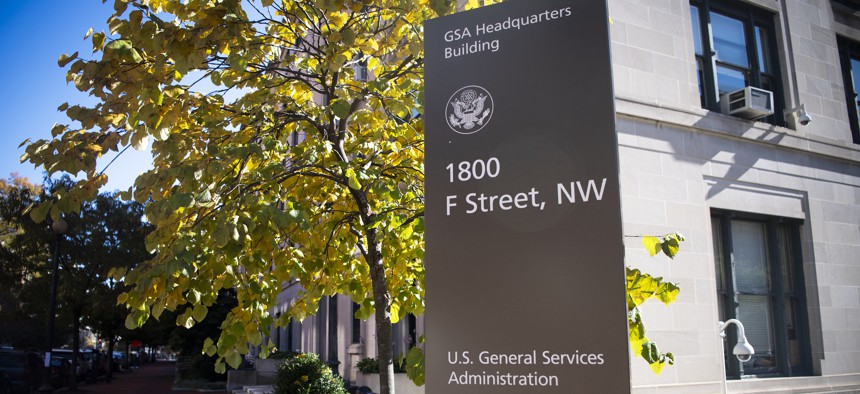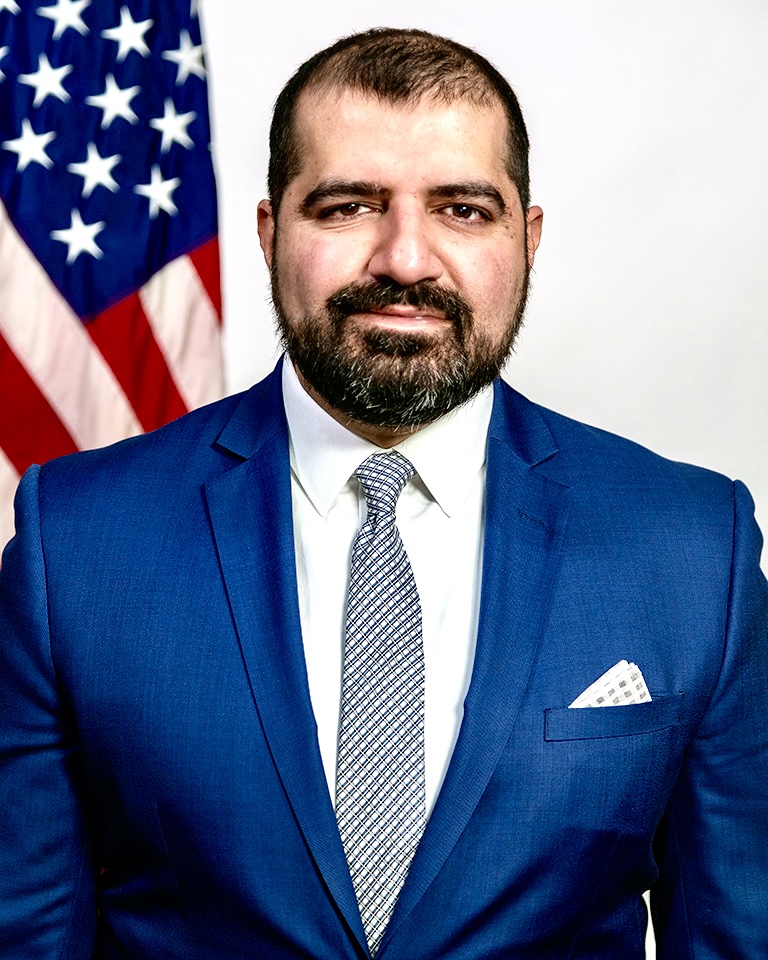
Caroline Brehman/CQ-Roll Call, Inc via Getty Images
Reorganizing government acquisition for the digital age
The General Services Administration recently reorganized its Federal Acquisition Service, eliminating its regional structure, a move its commissioner Sonny Hashmi says is already yielding positive results.
The self-described “procurement arm of the federal government” is undergoing a reorganization years in the making.
The Federal Acquisition Service, housed in the General Services Administration, supports over $87 billion in contracts across the government as part of its mission to help provide products and services to federal agencies.
In September, the agency announced that it would be implementing a reorganization in fiscal 2024 to simplify the experience for agencies using FAS by replacing a legacy, regional structure with something more centralized.
The old structure dates to the late 1990s, when much of the government operated regionally, given the need for paper-based and in-person interactions, FAS Commissioner Sonny Hashmi told Nextgov/FCW in an interview on the sidelines of ACT-IAC's leadership conference in October.

As FAS digitized, the regional structure started creating an “artificial barrier, where a region that is maybe based and headquartered in Chicago is serving a customer who’s based in St. Louis using personnel that may be located in Fort Worth,” he explained. “So this whole concept around what is a region becomes increasingly difficult to explain.”
Now, FAS is organized by the customer agencies being served and their missions, meaning that “our customers now know that this is the one person I need to go to anytime I have any need for all of FAS,” said Hashmi. “Whether it’s fleet-related or technology-related, professional services or Technology Transformation Service, they have one person to call.”
The reorganization started three years ago with the question over the ethos of FAS, said Hashmi, and later became a team to lead a more customer-centric redesign for the service.
“It became very clear quickly that the way we were organized… was actually getting in the way of us serving our customers,” he said. “Often times, our customers have had to navigate our internal organization structure before they could get service, and that’s unacceptable.”
GSA will retain local offices and expertise, it says. As for the feds working in FAS, the changes will help them access new opportunities, since they won’t have to wait for an opportunity within their region anymore to move up, Hashmi argued, noting that in October alone over 40 new positions were opened. There is also the hope that the reorganization can help GSA hire acquisition professionals by widening the talent pool.
Although GSA still has work to do “downstream,” said Hashmi — such as aligning contracts — the reorganization has also already helped FAS work with agencies to find common needs that might not otherwise be obvious to siloed organizations.
“Now we have dedicated teams serving our key customer segments, and over time, those teams will continue to learn more about their mission [and] develop specific solutions,” he said.







